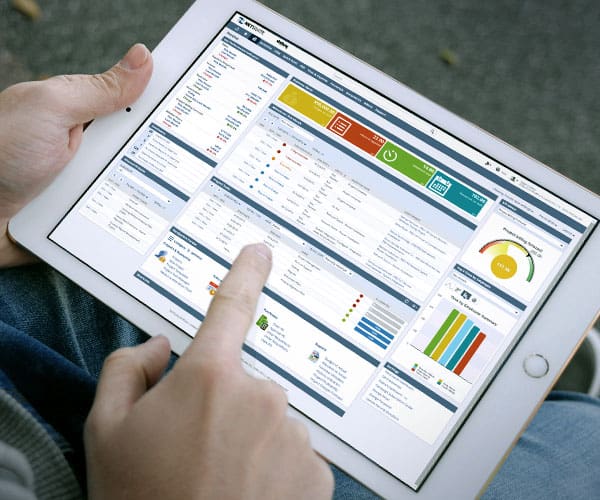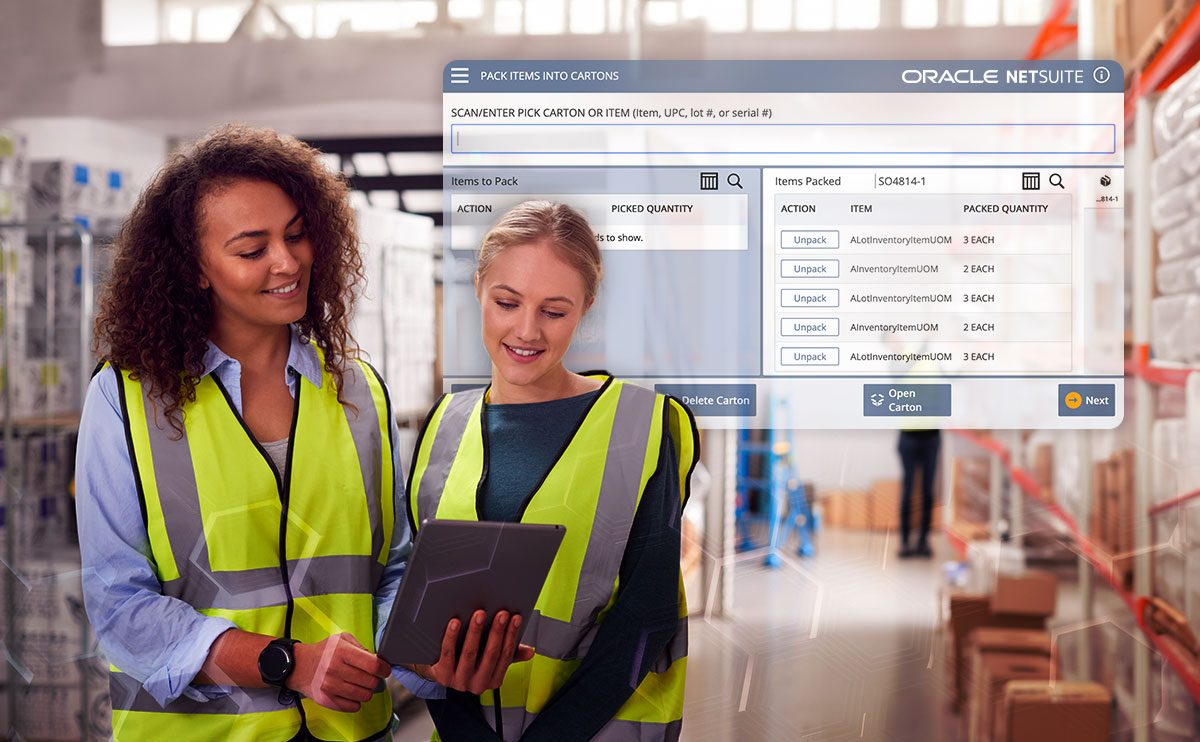Brief Recent History of Cloud ERP.
Over the past 15 years, most “On-Premise” software vendors have clamoured to come to market with a cloud offering to satisfy the needs of increasingly savvy CFO’s. Interestingly, we now find ourselves in a critical junction where the difference between true-cloud solutions and fake-cloud solutions is starting to become more apparent.
Many customers who have invested in upgrading their existing on-premise ERP solution to their software vendor’s “new and improved cloud solution” are beginning to realise that the differences between hosted cloud and true-cloud are quite significant.
Software developers realised quite a few years back that cloud technology was going to change the industry permanently. When evaluating whether or not they too would look to develop a true-cloud version of their products offering, the reality of such an undertaking became apparent. A number of software companies had multiple failed attempts; they invested millions if not billions of dollars in trying to not only migrate their technology platform to the cloud but also:

1. Re-skill internally to handle a new type of technology.

2. Market their latest offering in parallel to their legacy on-premise offering.

3. Attempt to migrate large portfolios of clients onto largely unproven new “cloud” versions.

4. Continue to try to acquire new customers onto platforms without referenceable customers.
Indeed, it was a tough time for traditional ERP software companies with no easy solutions or answers to the problem.

So, what was the problem?
Simple, their technology suddenly became obsolete and in the long-term could not compete with the features, platform and benefits that the emerging true-cloud technologies, such as Salesforce and NetSuite could offer to their customers.
These true-cloud vendors seized the opportunity to invest the money that other older software companies were spending on moving to the cloud, and instead poured this into R&D for better features and functionality for their users. In addition, the SaaS model of pricing meant that a true-cloud vendor’s focus was and continues to be on new customer acquisition and long-term customer retention.
Benefits of the SaaS Model.
The SaaS model is like an insurance policy for customers. If the software is no longer fit for purpose (either through growth, changes to a company’s operations or some other factor), they can simply leave and select another vendor.
Furthermore, because Cloud ERP takes far less time to implement and go-live (Klugo have had client’s go live on NetSuite in as little as eight weeks), migrating to a new product isn’t the protracted and painful process it has been in the past.
How on-premise Perpetual Pricing turned out to be slow suicide.
You see, the traditional On-Premise module of pricing meant that customers had to pay a higher once off licensing cost. The problem is that they had to pay ongoing “maintenance” and support annually, to continue to have access to the latest updates and necessary support from the vendor.
Here’s the second problem, because on-premise software is a single instance on their server, more likely than not, businesses chose over consecutive years to not upgrade, which meant their yearly maintenance fee was wasted and their version neared a point where it would become unsupported.
A growing business in 2019 needs to understand the difference between True Cloud Technology Model and the Fake Cloud Hosting model used by the majority of legacy applications.
Is your cloud software True-Cloud or Fake-Cloud?
We would suggest if you aren’t using Xero, NetSuite or Salesforce, then probably not (with a few exceptions).
An easy way to tell is to ask yourself the following questions:

Optional Upgrading
Can I choose when my software gets upgraded?

Upgrading Downtime
Does the vendor need to take the system offline for a period to upgrade?

Customisation Risk
Is there a risk your customisations will break after an upgrade?
If you answered Yes to any of these three questions, then you are using fake cloud technology.
What does that mean?
So, what does this mean as your business grows? Well, it says you’re probably going to face the same challenges as customers with legacy on-premise software.
- Time-consuming upgrades that impact the businesses day to day operations.
- High risk of Customisations, Reports and API’s breaking upon upgrade.
- Partial re-implementation to get the system back online.
- High costs associated with Professional Services for upgrading projects.

What benefits can true cloud software bring to your company?
The low cost of cloud software has contributed to its widespread adoption. Cloud computing can save a company massive amounts of upfront and ongoing IT expense. Compared to on-premise software, cloud-based software reduces hardware requirements and the need to spend money on an internal IT resource. According to McAfee, cloud usage is now over 90%, suggesting that companies still using on-premise software are falling behind. With its short implementation time and fast deployment rates. Storing data in the cloud allows for flexible working, and this means that company data is accessible to employees anywhere both in the office and remotely, with easy access on mobile devices too.
At Klugo, we help customers understand the real impact of the decisions they make regarding cloud technology. We assist in the evaluation process of moving to a modern cloud platform and can help you understand the long-term impacts of the type of technology you choose to invest in.
We’d love to help.
We have one of the leading Business Consultant teams in APAC ready to help our customers leverage the power of NetSuite. Realise the full benefits of what you can achieve with true-cloud technology. If you are interested in learning more, feel free to reach out for an obligation free discussion with one of our business consultants





